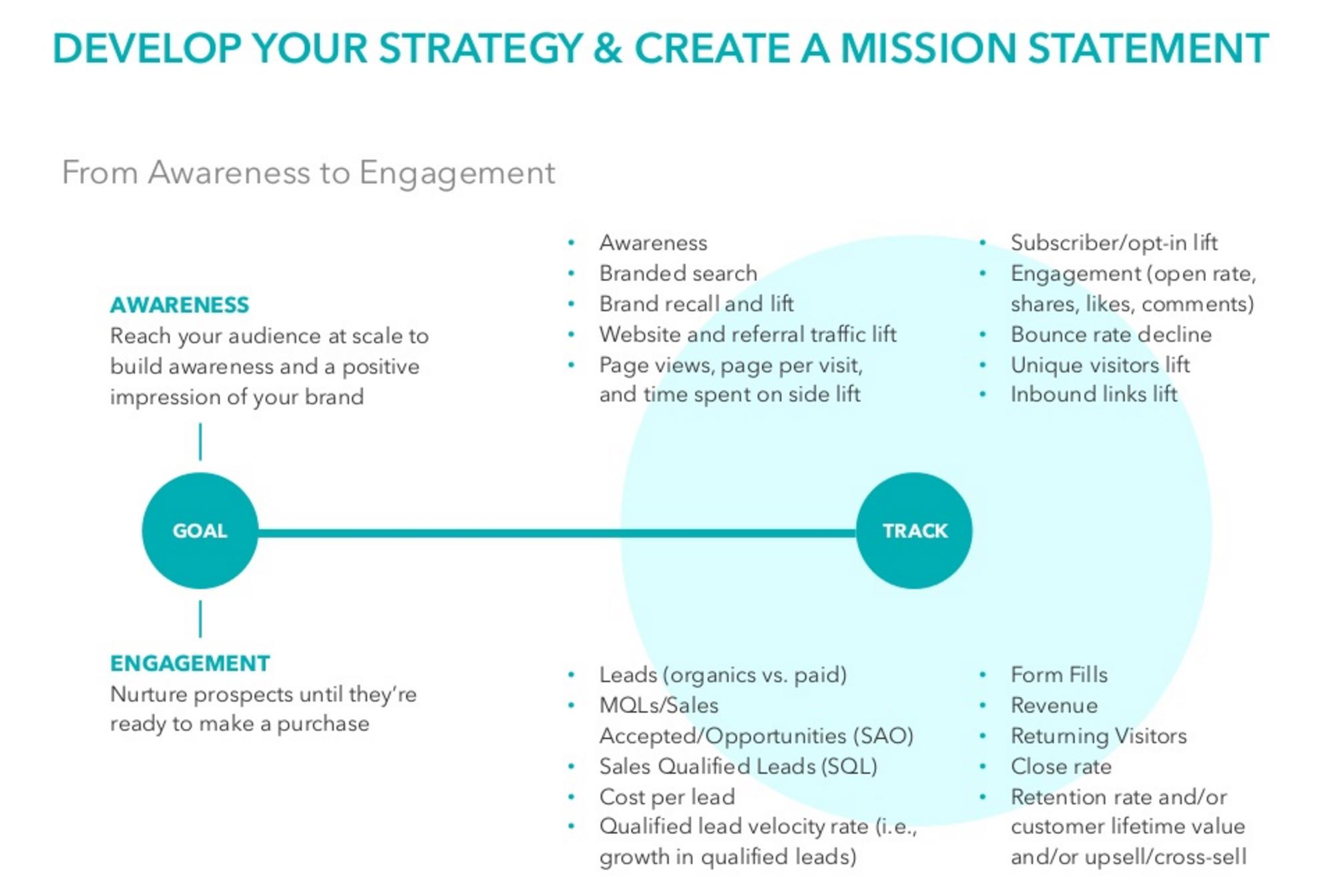
Digital marketing professionals will be familiar with social media funnels. It is possible that you are also curious how to engage with your audience and measure your engagement on social media. The good news about social media funnels is that they are easy to create and to follow. Continue reading for more information. Listed below are three stages of a social media funnel: Awareness, Engagement, and Conversion. This article will explain how social media funnels can help businesses connect with their customers.
The stages of a social media marketing funnel
Social media is a great way to increase sales. You should be familiar with the stages and what they entail. The first stage, awareness, is where potential leads learn about your brand. They then start to become more interested in the products and services that it provides. Make sure you create content that speaks to the problems and challenges people are experiencing. Then, offer a solution. This will encourage your leads to move further down the funnel.

The advocacy stage is the next. Your audience should love your product or service, so they will become brand ambassadors and spread the word. Facebook allows you to post customer reviews and testimonials. Create short videos to encourage new customers to share the reviews. Incentives to buy will increase loyalty and help with advocacy. Offer them discounts or other benefits that suit their needs.
Engage with your customers via social media
Engaging with customers on social networks is not about building a relationship one-on-one. The purpose of social media engagements is to establish a relationship and build trust with as many customers possible. People will trust people who have been in touch with them for many months, or even years. People are attracted to sharing content on social media networks like Facebook and Twitter. You don't want your customers to get bored, so be social.
A brand must remember that customer interaction is what can make or break their business. Social media offers the perfect platform to build a brand. It is therefore important to know how to engage customers on social media in order to build brand loyalty. Here are some ways to engage with customers on social media:
Measuring customer engagement
Customer engagement is a key component of understanding the effectiveness of your social media campaigns. You will need to create a scoring system that combines all metrics into one number. This score will be used in segmentation. Once you have established the scoring systems, you can use it to help you determine the best communication method with customers and to measure their engagement. You need to keep track of the number who have completed an activity.

To determine if your social media efforts are successful, you need to know how to measure customer interaction. This can be measured by your website traffic, email opens rates, click-through rates, and other metrics. Your customer engagement score will determine how likely they are to buy from you. To maximize your marketing effectiveness, customer engagement must be relevant and timely. Segmenting your funnels into stages will help you understand which customers are more active.
FAQ
Is it easy to measure content marketing?
Yes! It is part of the process to measure results. It will help you decide if your efforts were a success and if you have to make any adjustments.
You can track visitors coming from many sources (email, social media and paid advertising) and track conversions like sales leads, purchases, and organic searches.
These metrics will show you which pieces performed well and highlight your most important opportunities.
What length should my content marketing last?
It depends on your goals. Some businesses only want short-term success, while others aim for long-term development. We recommend three months of consistent content generation and then reevaluating the process after that period.
How effective is content-marketing?
Yes! Hubspot claims that content marketing is one of the three most important digital marketing channels for lead generation.
Statistics
- Seventy-two percent business to business (B2B) (mailchimp.com)
- We found that 40% of businesses don't have a documented strategy yet. (semrush.com)
- According to the Content Marketing Institute, 70% of B2B marketers and 86% of B2C marketers surveyed use content marketing in some form or other. (criteo.com)
- Out of the 1,500 marketers we surveyed for our State of Content Marketing report, 78% who felt their content marketing strategy was exceptionally effective in 2021 had documented their strategy. (semrush.com)
- Measure your goals with a progress indicator of 0-100%. Make your goals collaborative and transparent (semrush.com)
- An example of an overarching goal could be: "In 2022, we want to achieve a 20% increase in revenue created by organic content and generate 15,000 MQLs with a budget of $30,000." (semrush.com)
- Content marketing produces 3X more leads per dollar spent. Content marketing costs 62% less than traditional marketing. (criteo.com)
- Progress indicators (0–100%) allow each team member to see how attainable each goal is and understand what remains to be accomplished. (semrush.com)
External Links
How To
Infographic Creation Tips for Content Marketing
Infographics are one of the most effective ways to explain complex concepts simply, making information easy to understand. You should use infographics to spread the message about content marketing.
To create an infographic using design software such Adobe Illustrator, Photoshop or other similar programs, you will need Adobe Illustrator. You can use these programs to draw out different shapes and elements to represent your data, then add colors and fonts to make everything look nice. Once you have your design ready, upload images from Unsplash or Pixabay to add to it.
Look online for inspiration to create your own infographics. If you want to show calories in certain foods, then you can take a picture or diagram of a food pyramid, and add pictures of the foods. Another option is to take a picture of a can of Coke and look at how much sugar it contains.
Once you have created your infographic it is possible to share it via social media channels like Facebook, Twitter and Google+. This allows people who don’t know much about the topic to find out more. Use hashtags to let others know what infographic you are sharing on social media. Users can follow along with specific conversations using hashtags.
An infographic is a shorter version of a blog post. An average blog post can be anywhere from 2000 to 5000 words long, while an infographic only requires 500 to 1000 words. This means that you can convey more information in a shorter space.
Your infographic should be easy to read for some viewers. You should use large fonts for your infographics. Don't rely too heavily upon color. It is important that all text is legible.
Here are some more tips
-
Choose an Infographic Template. There are many free templates online. Canva, Piktochart or Google Slides are three of the most well-known templates.
-
Make your Infographic. Use the template to create your infographic. You can use any type of media that is appropriate for your audience. For example, creating an infographic about the best places to eat in Seattle might choose photos of local restaurants.
-
Add text. Add text after you've created your infographic.
-
Add images. Images can be added to your infographic. You can add images to your infographic. You should make sure that the picture you upload is related to your topic.
-
Make It Interactive. You can also add interactive elements such buttons, maps, links, and other features. This will allow you to engage your audience.
-
Share. Share your infographic when you are done.
-
Measure. Your infographic's performance. Did people click on your website? Are they signing up for your email newsletter? What was their reaction when you showed them your infographic
-
Improve. Are there ways you could improve your infographic? Is there anything you could do better?
-
Repeat. Do it again.